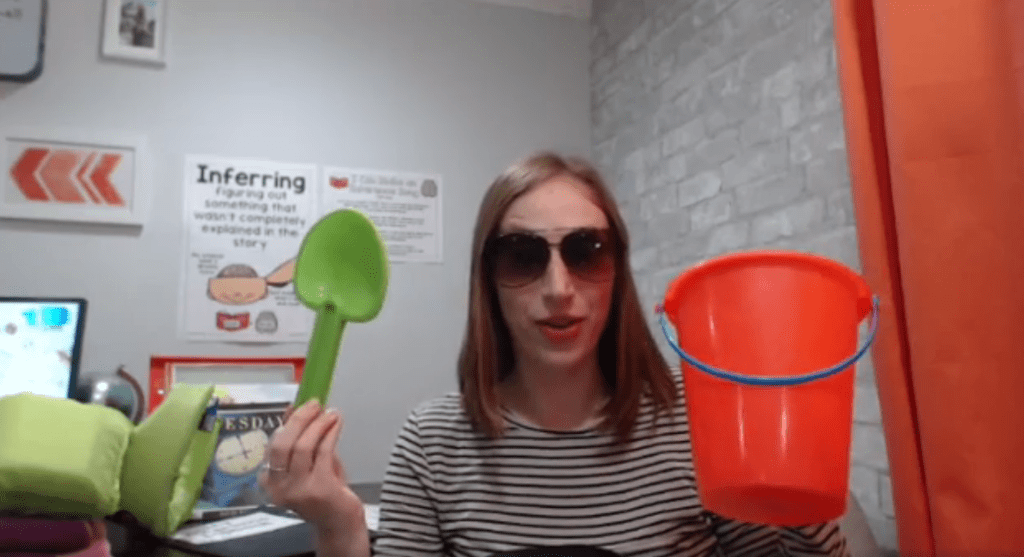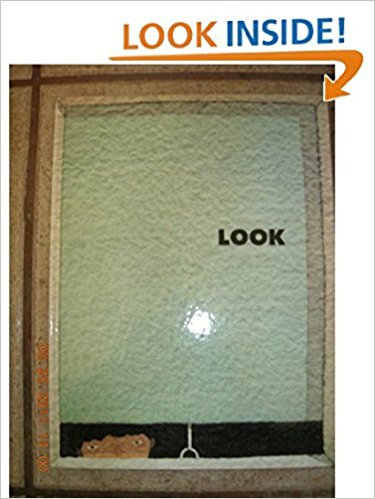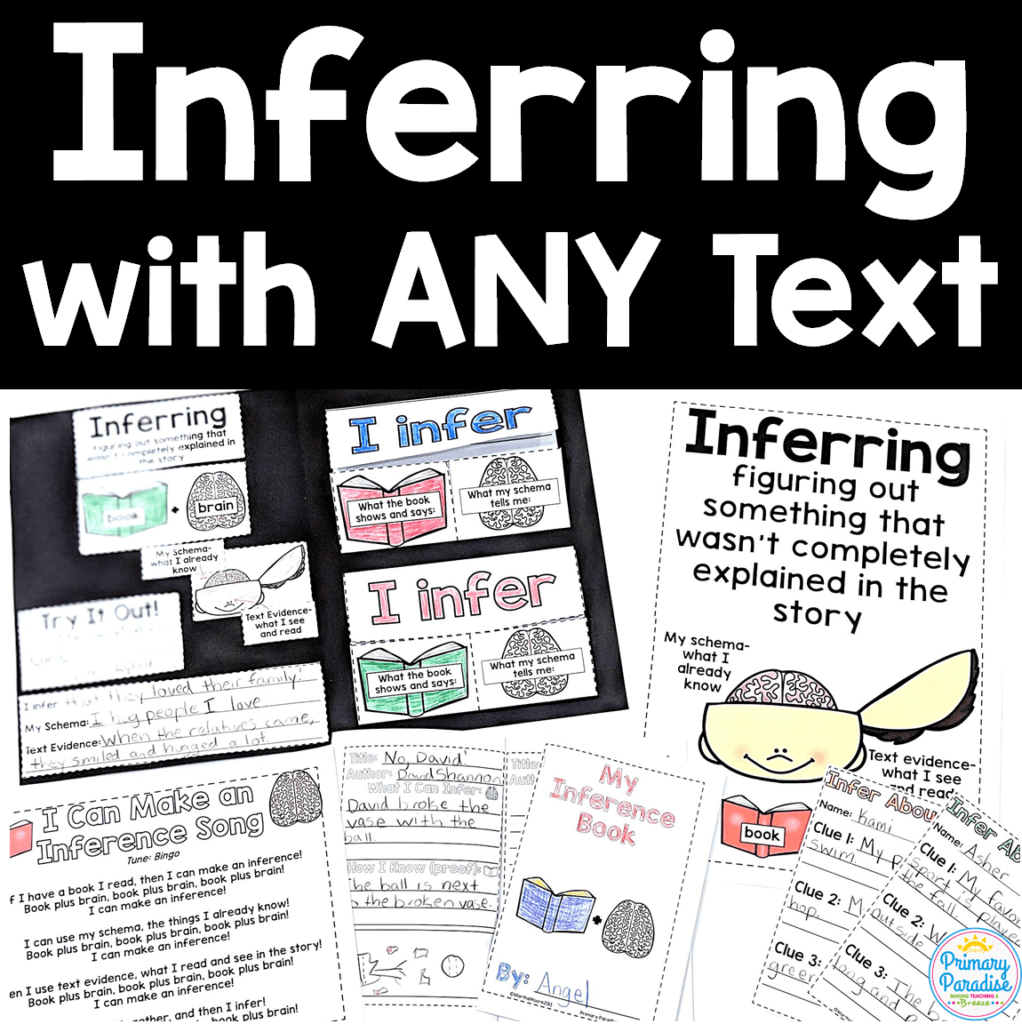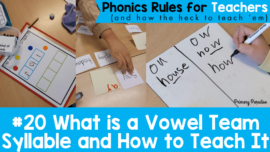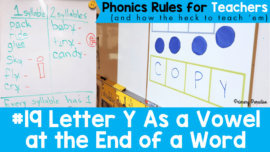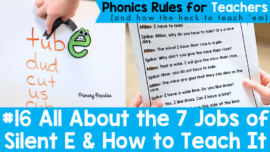Last week we focused on one of my very favorite skills to teach: inferring! Although this skill is not explicitly in the common core standards for 2nd grade, it is part of CAFE. Also, RL2.1 and RI2.1 both say “Ask and answer such questions as who, what, where, when, why, and how to demonstrate understanding of key details in a text.”. I feel like this is not possible without students being able to infer information that is not explicitly explained in the text.
Watch my Facebook Live on this topic here.
Here was my first (and favorite lesson) on inferring.
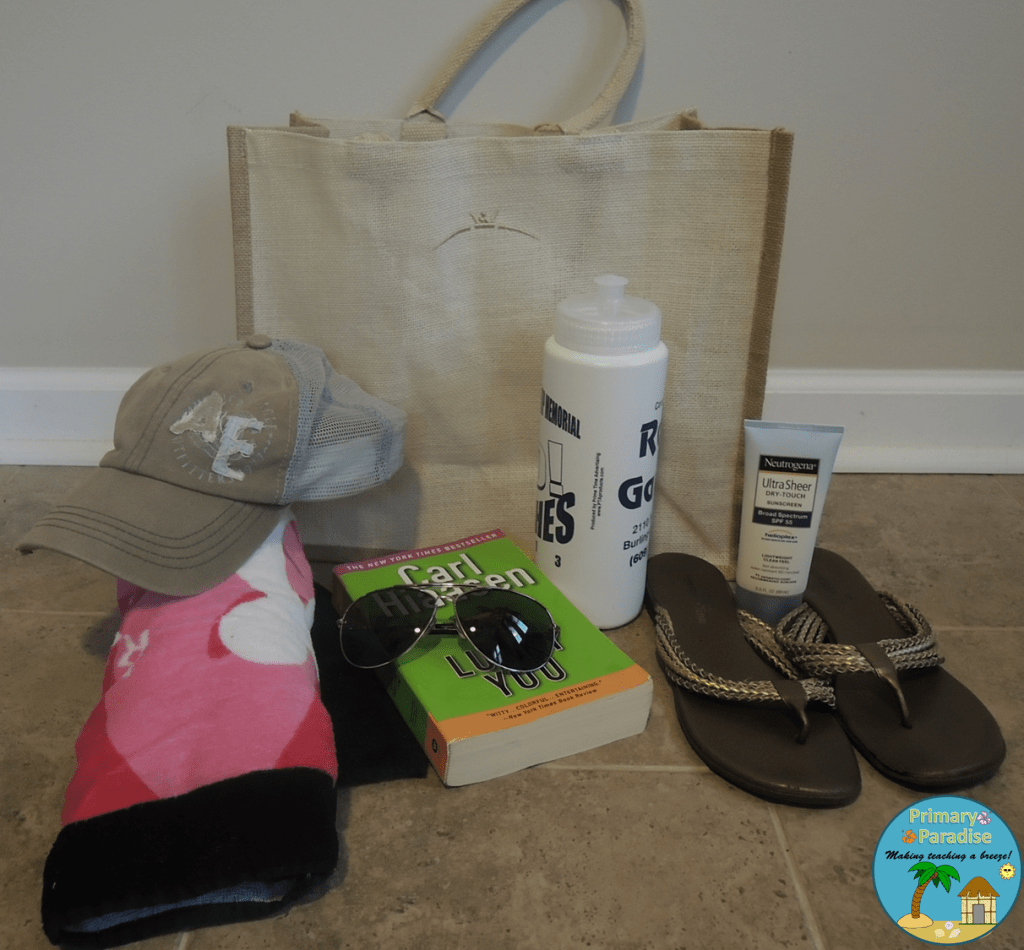
I told my kiddos that I was going on a trip, but I wasn’t going to tell them where I was going right out. They had to look at my clues to figure it out. I then started pulling all of this stuff out of my bag. Hands shot up immediately and I heard a lot of “oohh, ooohhh I know!!”. They very easily were able to guess I was going to the beach. We discuss how they were able to figure it out.
First, they told me that the stuff I brought out was all “beach” stuff. I asked how they knew that, and they eventually were able to articulate that they knew it because they’ve been to the beach so they know what you need.
Next, I brought out our inference anchor chart and we talked about what it meant.
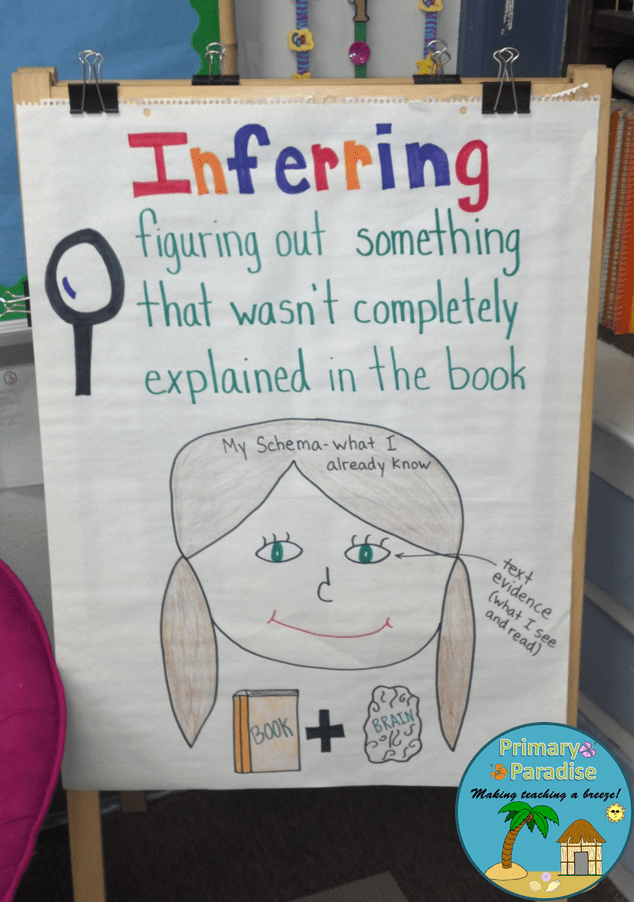
We have previously talked about schema, so this isn’t a knew word. We discussed how you infer by using your prior knowledge and text evidence from the book to figure out something that the author didn’t come right out and tell you.
For short, I told them, we use the book plus or brain. 🙂
Through out the week, we read some great books for inferring. Here are the books we read.
No, David!: This is the perfect book to start your inferring journey with your students. The simple words and clear pictures provide multiple opportunities to infer.
Animals Should Definitely NOT Wear Clothing: Not only will this book make your kiddos laugh the whole time, but at the end, they can infer that, no animals shouldn’t wear clothes, because people should!
As we read, my students took notes on their inferences.
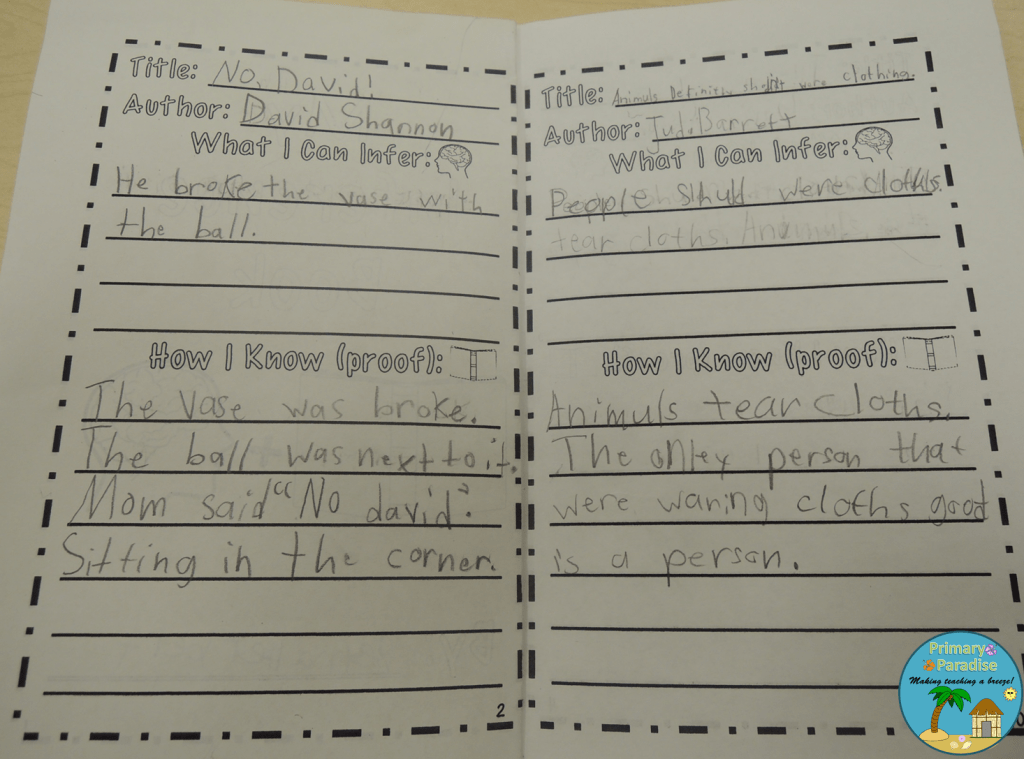
Next, we read a great, wordless book.
Tuesday is another hilarious book that your students will love. Wait until the last page for your students to start inferring what is happening.
The Relatives Came is another fantastic book that your students can infer through the whole reading process.
And again, my students took notes as they read.
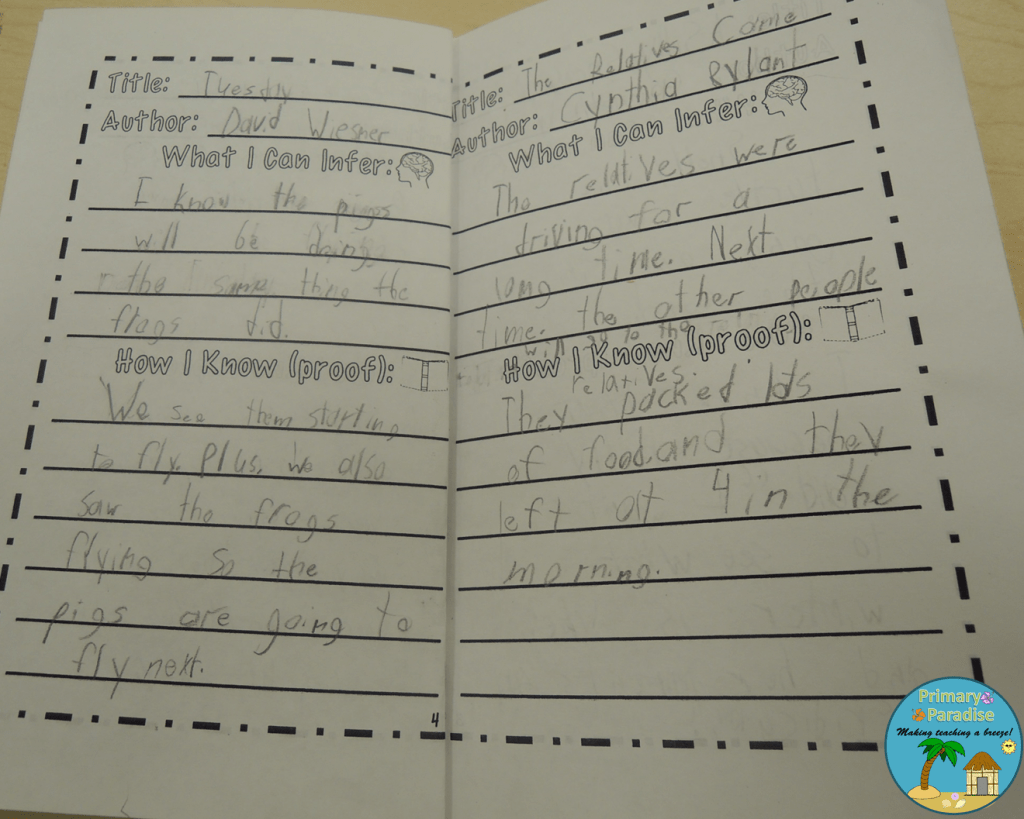
Look is another fantastic book for making inferences.
The rest of the week, we started focusing on answering explicit and inferred questions while we read, and learning about inferring certainly main it easier because they understood that they had to give me proof with their answers.
This week we’re continuing to work on asking and answering questions.
Let me know how you teach making inferences!
If you’d like the Inference Books and More Inferring Activities, grab my Inferring with any text pack!
